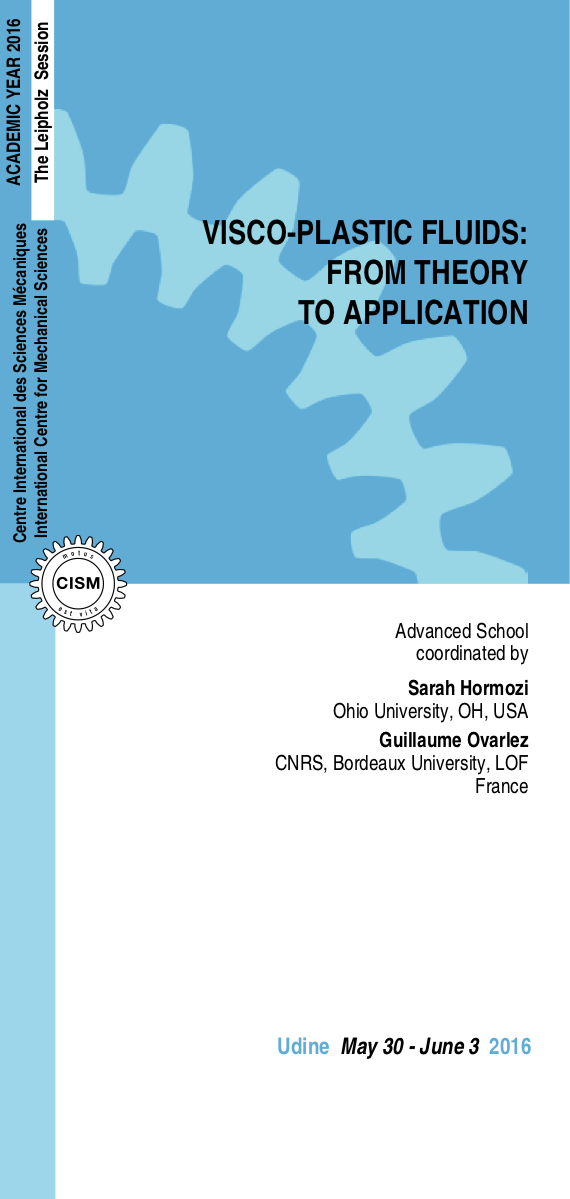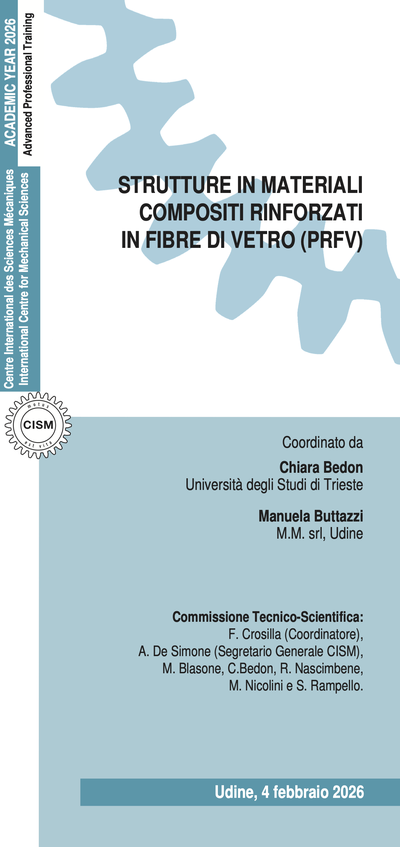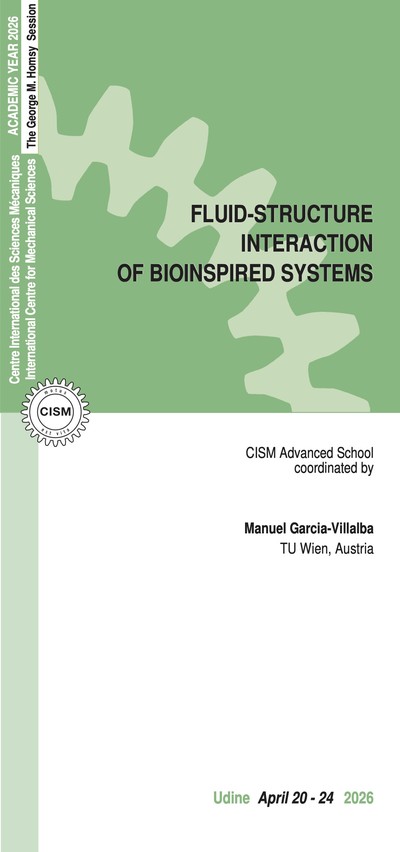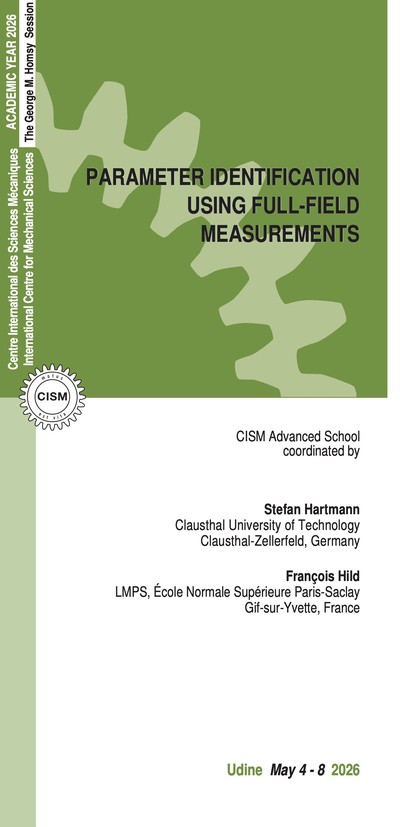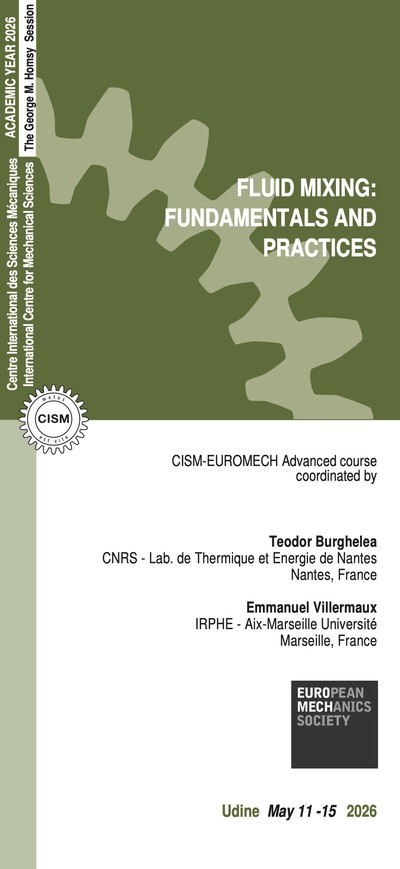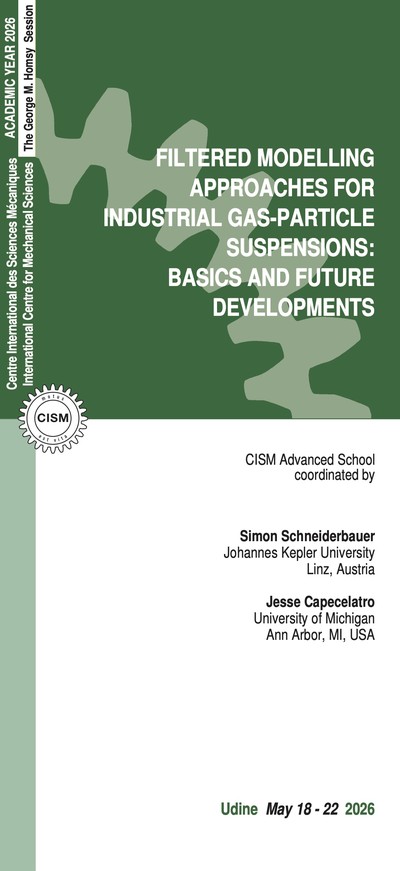In classical models of visco-plastic fluids, these materials do not deform when subjected to a shear stress smaller than a certain value, which is called the yield stress. In this range of applied shear stress, these materials behave as ideal rigid solids. If the shear stress in the fluid exceeds the yield stress then the fluid deforms as a (nonlinearly) viscous fluid and is typically shear thinning since the fluid structure breaks down progressively with shear. Therefore, from both a physical and mathematical perspective, the yield stress threshold effects a fundamental change to the fluid mechanics of the problem. The visco-plastic fluids play a prominent role in many industrial processes, as in the food industry (e.g., dairy products, chocolate confections, pulp suspension), the petroleum industry (drilling mud, cement, waxy crude oil), the biological industry (e.g., mucus and blood clot), the natural phenomena (e.g., flows of slurries, debris and lava), and in various complex printing and coating processes. The proposed course is designed for advanced graduate students as well as postdoctoral researchers across several disciplines (e.g., Mathematics, Physics and Engineering), with the aim of providing them with tools and techniques that are essential in performing research on the flow problems of visco-plastic fluids. Notably, we envision a broad and lively discussion of all the theoretical developments, analytical and computational methodologies, recent experimental methods and existing applications. The followings summarize the broad subtopic breakdown introduced by the course:
- Analysis of classical visco- plastic uid models
The history of classical models, the variational formulation, the general results on existence and uniqueness of weak solutions and the hydrodynamic stability.
- Mathematical modeling of flows of visco-plastic fluids Visco-plastic lubrication theory, free-surface flows, sheets and threads and visco-plastic convection.
- Computing flows of visco-plastic fluids
Finite element discretization scheme, the Augmented Lagrangian and the regularized methods in computing visco-plastic flow problems, adaptive mesh refinement techniques and the fictitious domain methods.
- Rheology of visco-plastic fluids and visco-plastic suspensions
Introduction to the conventional Rheometry and recent measuring techniques such as Magnetic Resonance Imaging (MRI) and X-ray microtomography, sedimentation and migration of solid and bubble inclusions.
- Application of visco-plastic fluids in engineering sciences
Flow and shape generation (e.g. forming and extrusion, wall slip, etc.), flow and heat transfer (e.g. casting and fouling) and unsteady ows (e.g. injection moulding, start-up and shutdown, flushing and cleaning).
- Complex flows of visco-plastic fluids
Multi-layer flows of visco-plastic fluids, solid dispersion in flows of visco-plastic fluids, natural phenomena of visco-plastic fluids e.g., submarine avalanches and mudslides.
Huilgol, R., Fluid Mechanics of Viscoplasticity, Springer, (2015). Balmforth, N.J., Frigaard, I.A. & Ovarlez G. Yielding to Stress: Recent Developments in Viscoplastic Fluid Mechanics. Annu. Rev. Fluid Mech 46, 121–146 (2014). Coussot, P. Rheometry of pastes, suspensions, and granular materials: applications in industry and environment. John Wiley & Sons, (2005). Mewis, J. and Wagner, N.J., Colloidal suspension rheology, Cambridge University Press, (2012). Guazzelli, E. & Morris, J.F. A physical introduction to suspension dynamics. Cambridge Texts In Applied Mathematics, (2012). Papanastasiou, Tasos C., Flows of materials with yield stress. Journal of Rheology. 31, 385--404, (1987). Glowinski, R and Wachs, A. On the numerical simulation of viscoplastic fluid flow. Handbook of numerical analysis. 16, 483--717, (2011). Frigaard, IA and Nouar, C, A. On the usage of viscosity regularisation methods for viscoplastic fluid flow computation, Journal of Non- Newtonian Fluid Mechanics 127, 1--26, (2015). Beris, A.N, Tsamopoulos, J.A., Armstrong, R.C. and Brown, R.A. On the usage of viscosity regularisation methods for visco-plastic fluid, Journal of Fluid Mechanics 158, 219--244, (1985). Roquet, N., and Saramito, P. An adaptive nite element method for Bingham uid ows around a cylinder, Computer methods in applied mechanics and engineering, 1923317--3341, (2003). Wilson, D.I. and Rough, S.L. Paste engineering: Multi-phase materials and multi-phase flows, Can.J.Chem. Eng. 90(2), 277-289, (2012). [doi 10.1002/cjce.20656]. Patel, M.J., Blackburn, S. and Wilson, D.I Modelling of paste flows subject to liquid phase maldistribution, Intl. J. Numerical Methods Eng, 72(10), 1157-1180, (2007). Bryan, M.P., Rough, S.L. and Wilson, D.I. Investigation of static zone formation and wall slip through sequential ram extrusion of contrasting micro-crystalline cellulose-based pastes, J. Non- Newtonian Fluid Mech., 220, 57-68, (2015). [doi 10.1016/j. jnnfm.2014.08.007]. Balmforth, N.J. and Provenzale, A. Geomorphological Fluid Mechanics. Springer, (2001). Dagois-Bohy, S., Hormozi, S., Guazzelli, E. & Pouliquen, O. Rheology of dense suspensions of non-colloidal spheres in yield-stress fluids. J. Fluid Mech. 776, R2 1–11 (2015). Hormozi, S., Wielage-Burchard, K. & Frigaard, I.A. Entry, start up and stability effects in visco-plastically lubricated pipe flows. J. Fluid Mech. 673, 432–467, (2011). Maleki, A., Hormozi, S., Roustaei., A. & Frigaard, I. A. Macro-size drop encapsulation. J. Fluid Mech. 769, 482–521, (2015). Bird, R.B., Dai, G.C. and Yarusso, B.J. The rheology and ow of viscoplastic materials, Rev. Chem. Eng. 1 (1982) 1–70.
Neil Balmforth (None)
7 lectureswill focus on the analytical methods that have been developed for particular sub-classes of visco-plastic flow problems. For example, asymptotic methods have been successful in modelling the flow of thin visco-plastic films, and hodograph-type methods have uncovered exact solutions for certain two-dimensional flows. Multi-fluid and free-surface flows will be analysed in increasing complexity.
Ian Frigaard (None)
7 lectures will focus on the theoretical developments of viscoplastic flow problems. A summary on the most common rheological models for visco-plastic fluids will be followed by the variational formulation and the general results on existence and uniqueness of weak solutions. The hydrodynamic stability of visco-plastic flow problems will be explained and stability questions, such as how to determine when and how a viscoplastic fluid will come to rest will be addressed.
Sarah Hormozi (None)
3-4 lectures will focus on novel applications of visco-plastic fluids, indicating how a yield stress imposes a key control on the problem or how it can be exploited in order to produce novel flow features. Here we make use of all the course materials from computations to experiments to applied mathematical techniques and tackle increasingly complicated flows of visco-plastic fluids.
Guillaume Ovarlez (None)
7 lectures will focus on new insights into the behavior of viscoplastic fluids and suspensions. The most essential element in this eld is to understand the rheological properties of a visco-plastic fluid and the available measuring techniques. Then, it is of great industrial interest to realize how the rheological properties of visco-plastic fluids will be modified in presence of inclusions such as particles and bubbles. In particular, how the knowledge of Newtonian suspension can be extended to the case of viscoplastic suspension. These materials provide a basis to elaborate on the flow problems involving migration and sedimentation in visco-plastic fluids.
Anthony Wachs (None)
5-6 lectures will focus on the computational methods and the appropriate algorithm for a given visco-plastic flow problem. Computationally, visco- plastic fluids present notable difficulties associated with tracking any yield surfaces. Both conventional and recent techniques in handling the yield stress will be addressed.
D. Ian Wilson (None)
5 lectures will focus on the application of the methods for modelling yield stress fluids covered in the other lectures. An array of industrial application includes: flow and shape generation, flow and heat transfer, and unsteady flows.
The registration fee is of 575,00 Euro + VAT taxes*, where applicable (bank charges are not included). The registration fee includes a complimentary bag, four fixed menu buffet lunches (Friday subject to numbers), hot beverages, downloadable lecture notes and wi-fi internet access. Applicants must apply at least one month before the beginning of the course. Application forms should be sent on-line through our web site: http://www.cism.it or by post. A message of confirmation will be sent to accepted participants. If you need assistance for registration please contact our secretariat. Applicants may cancel their course registration and receive a full refund by notifying CISM Secretariat in writing (by email) no later than two weeks prior to the start of the course. If cancellation occurs less than two weeks prior to the start of the course, a Euro 50,00 handling fee will be charged. Incorrect payments are subject to Euro 50,00 handling fee. A limited number of participants from universities and research centres who are not supported by their own institutions can be offered board and/or lodging in a reasonably priced hotel or students' dormitories, if available. Requests should be sent to CISM Secretariat by
March 30, 2016along with the applicant's curriculum and a letter of recommendation by the head of the department or a supervisor confirming that the institute cannot provide funding. Preference will be given to applicants from countries that sponsor CISM. Information about travel and accommodation is available on our web site, or can be mailed upon request.
* Italian VAT is 22%.
